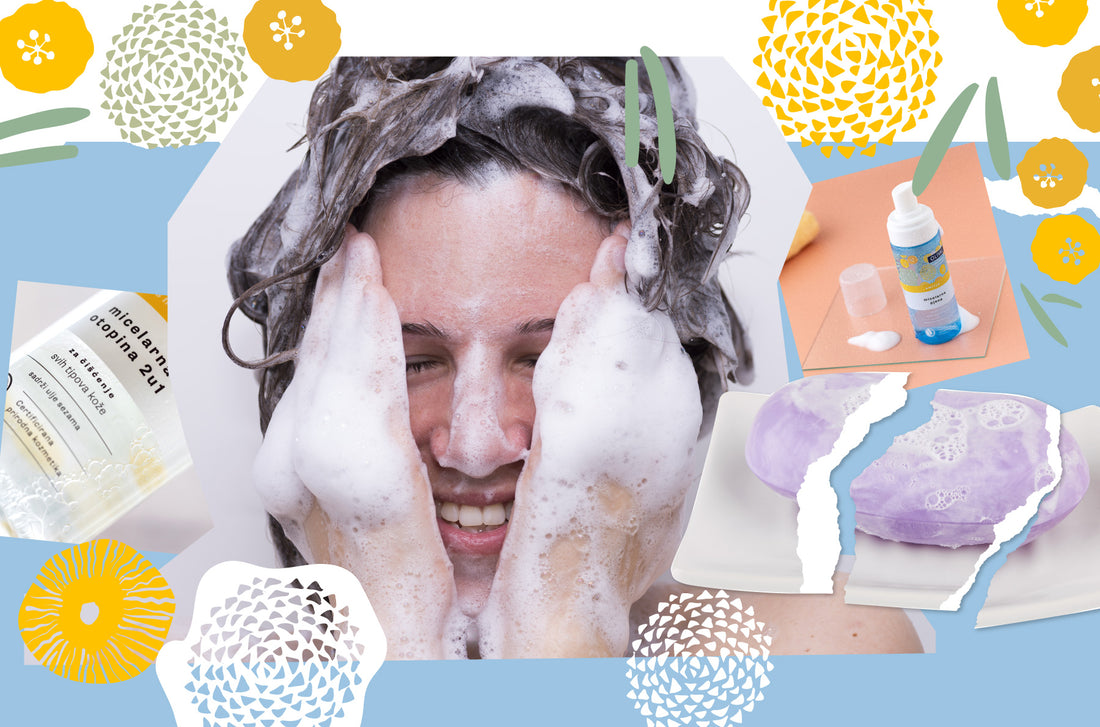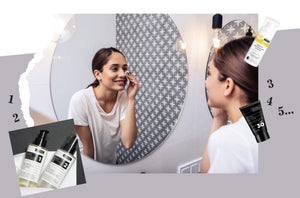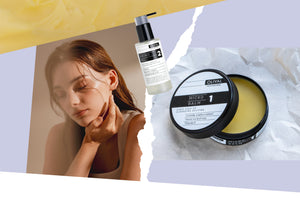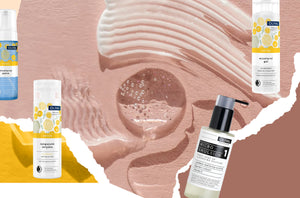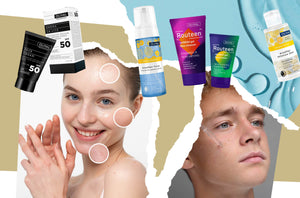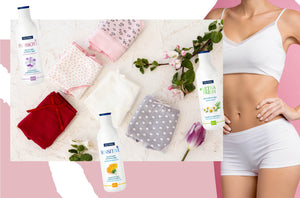Various active substances, a routine that includes 4.5 or more products, persistent "patting" and visits to beauticians - none of the above can replace quality, regular, thorough and gentle facial cleansing . Soap, as one of the products of the cosmetic industry, has been present for centuries, and its characteristics served the ancient Romans, Egyptians and Celts. And while it is often irreplaceable in daily hand hygiene (some in solid, some in liquid form), in facial care it should definitely be replaced by dedicated, specially adapted products.
Head, tail, soap
Basic knowledge of chemistry dictates that oil and water do not mix. Ordinary water cannot completely dissolve the makeup and sebum that the skin secreted , while oil can, but it is also not possible to wash it off with water alone. The reason for this lies in the fact that water molecules are polar and oil molecules are non-polar, and these two phases will never combine independently. However, what unites them are tensides, or surfactants (surface-active substances that reduce the surface tension of water in relation to air or other substances). The specific structure of these chemical compounds with a polar (hydrophilic) "head" and a non-polar (hydrophobic) "tail" allows them to easily blend and emulsify, that is, connect both phases. Although surfactants have several roles in cosmetic products, from improving texture to dissolving, in soap the most important role is cleaning and foaming.
The pH value is worth its weight in gold
Soap is usually made from fats which, in the process of saponification, react with alkalis to obtain the final product, and it is also characterized by a very alkaline pH value - above 9 . Moreover, for the soap to have its function, it needs a high pH because otherwise it would simply turn into a group of fatty acids that would no longer have the ability to foam and clean. This information applies to all soaps, whether they are synthetic or declared as "natural" - every soap is a soap regardless of the origin of the ingredients it contains (for example, natural base or essential oils) . Also, each has a pH that is not the best choice for skin, especially not facial skin. Washing your face with soap and soap brows is best forgotten.
Defend your "acid shield"
Although the pH of the skin varies in many directions (it changes with growing up, it even differs from area to area on the body), this value is usually slightly acidic. This is where the name acid mantle comes from, which means a kind of "shield" of the skin. It, precisely with the help of pH, somehow defends itself against the disruption of the hydrolipidic barrier, and thus the health of the skin. Lambers, Piessens, Bloem, Pronk and Finkel (2006) came to the conclusion that, although the pH range of the skin varies from 4.0 to 7.0, the natural pH value is just below 5, and that this value preserves the so-called resident flora , more precisely naturally present microbial culture [1] . On the other hand, it should be emphasized that the mechanism of the long-term effect on skin pH is not yet clear. [2]
The necessary acidity can be disturbed by many factors such as pollution, sweating, long stay in the sun, natural skin oil (sebum), hard tap water, too frequent washing and/or use of antibacterial products, even detergents and softeners used in the household . This group also includes DIY preparations with lemon and baking soda, which we have already written about as part of the beauty trends that should be avoided . There is, of course, soap.

Choose dedicated products
Soap can be used in daily hand hygiene, especially in the era of intensified epidemiological measures, but liquid soaps with mild surfactants such as Decyl Glucoside, Coco-Glucoside, Cocamidopropyl Betaine and others are a better long-term option. However, facial skin is different and requires even more careful care, and double cleansing in the evening routine is the gold standard of a quality approach.
Double cleansing involves two steps - removing make-up, products with SPF and major impurities, and then washing away the remaining impurities with gel or foam.
Despite the actively propagated myth, double cleansing does not only mean combining an oil cleanser in the first step and then a washing product in the second step. Oil cleansers, primarily texturally, will not suit everyone, and excluding the possibility of double cleansing with a light milk or micellar solution and then with a gel or foam is a bit unfair. Products from the Smilje collection with NATRUE certification are the ideal choice for gentle, mild and effective cleansing that will not dry out the skin, damage its hydrolipidic barrier or cause irritation. However, even double cleansing is not for everyone. It is recommended for balanced, mixed to oily skin, for skin prone to irregularities, when wearing make-up and sun protection products, in the routine when it is necessary to thoroughly cleanse the skin of impurities. It is not necessary to carry out this routine on skin that is significantly dry, xerotic (which lacks emollients, i.e. lipids), in the event that makeup or SPF (which we always recommend!), is not worn, in very damaged, irritated or in any way exceptionally compromised skin skin that require primarily a dermatological approach. Also, double cleansing should only be done in the evening, when the face is full of impurities accumulated during the day.
-------------------
[1] H Lambers, S Piessens, A Bloem, H Pronk, P Finkel. Natural skin surface pH is on average below 5, which is beneficial for its resident flora. Int J Cosmet Sci. 2006 Oct;28(5):359-70. https://pubmed.ncbi.nlm.nih.gov/?term=Pronk+H&cauthor_id=18489300 , accessed 7/2/2020.
[2] HC Korting, M Kober, M Mueller, O Braun-Falco. Influence of repeated washings with soap and synthetic detergents on pH and resident flora of the skin of forehead and forearm. Results of a cross-over trial in health probationers. Acta Derm Venereol. 1987;67(1):41-7. https://pubmed.ncbi.nlm.nih.gov/2436413/ accessed 7/2/2020.

